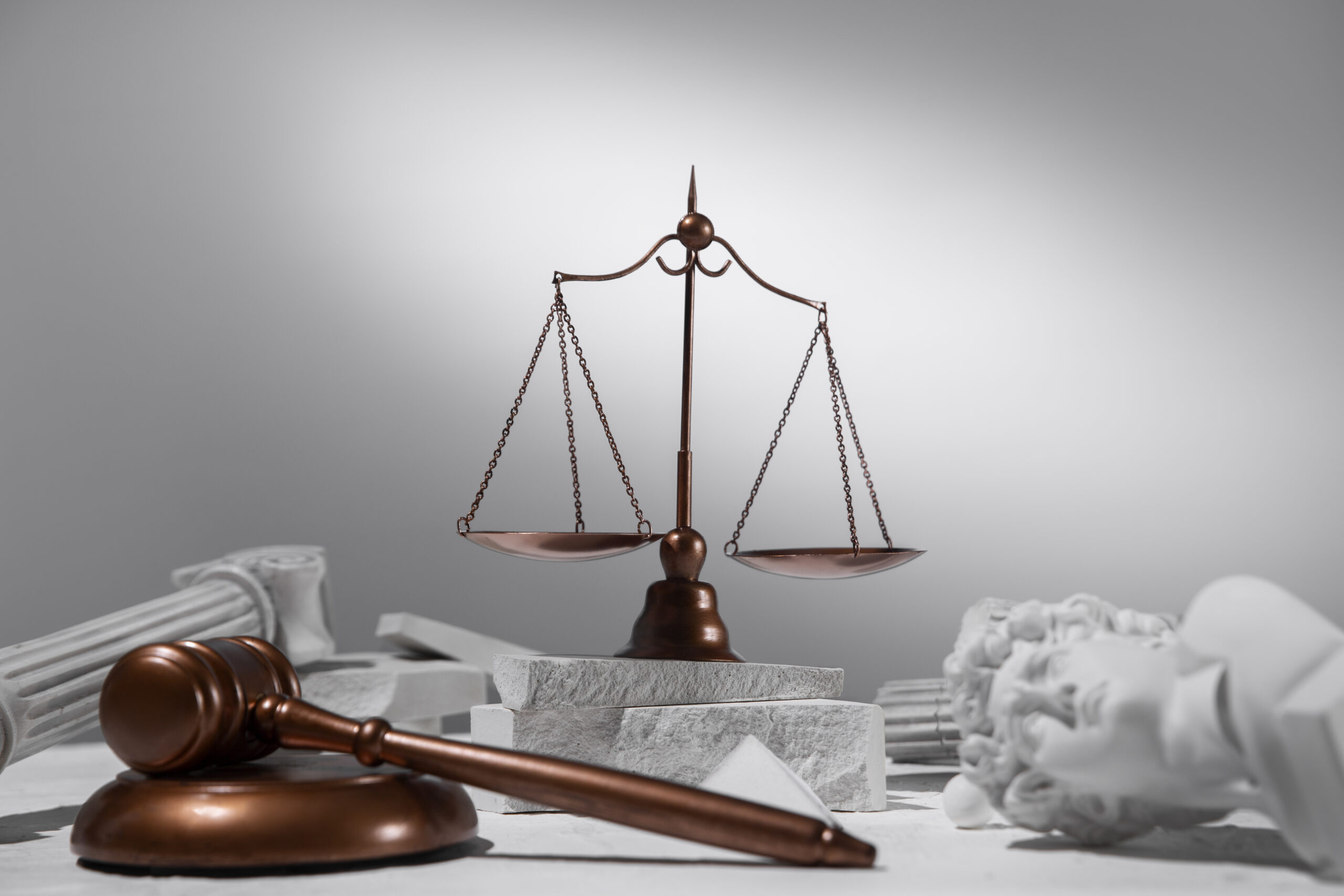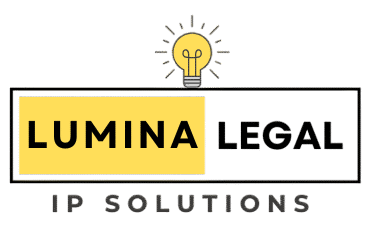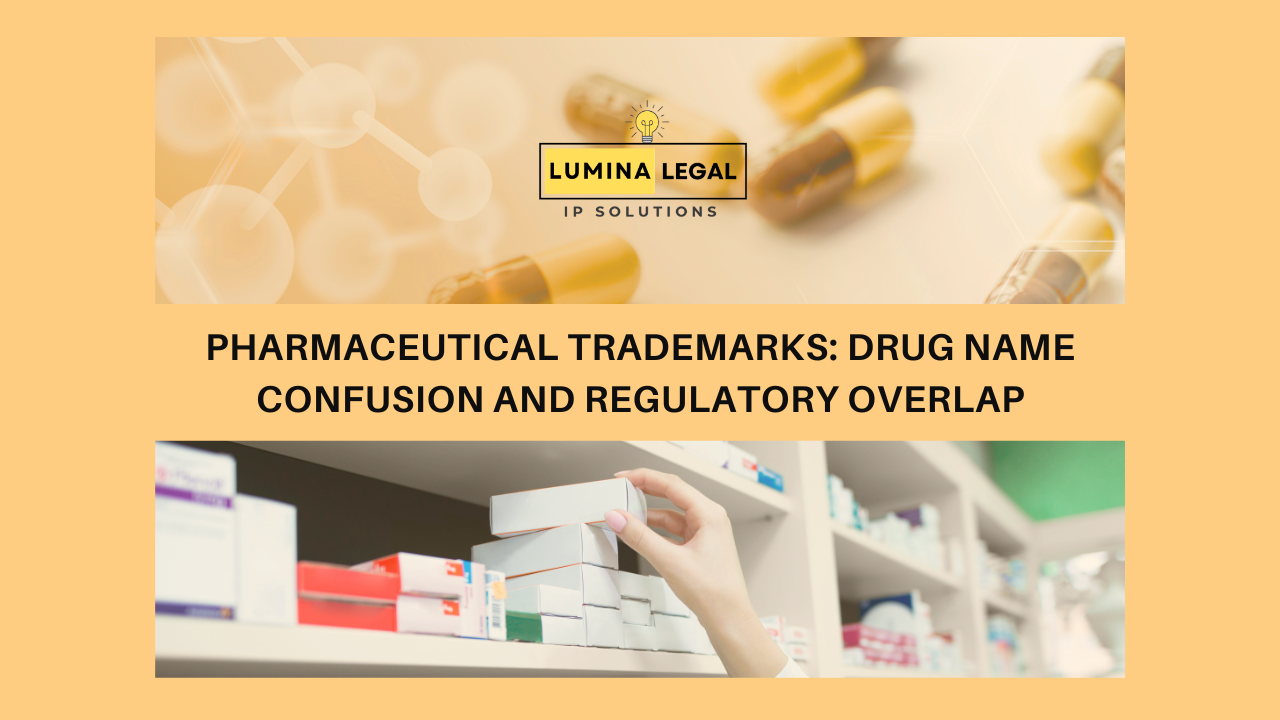Introduction
In the pharmaceutical industry, branding extends far beyond marketing appeal it serves as a crucial identifier in life-and-death situations. When a doctor prescribes medication or a pharmacist dispenses it, clear brand differentiation can mean the difference between successful treatment and medical catastrophe. Unlike other sectors where brand confusion might result only in customer dissatisfaction, in pharmaceuticals it can prove fatal.
The pharmaceutical sector in India is one of the largest contributors to trademark registrations, reflecting not only commercial investment but also a commitment to patient safety through clear product identification. Companies spend considerable resources on developing drug names that communicate therapeutic benefits while meeting stringent regulatory and legal requirements.
However, pharmaceutical naming presents unique challenges. The technical nature of medicines, their complex chemical compositions, and specific therapeutic applications limit naming options. Many companies derive brand names from active pharmaceutical ingredients, leading to inevitable similarities among drugs treating similar conditions. This has created a marketplace filled with similar-sounding medication names, heightening the risk of confusion and patient harm.
The Importance of Distinctiveness in Pharmaceutical Trademarks
There have been real-world cases where brand name confusion led to fatal consequences. For instance, confusion between Celebrex (a pain reliever), Celexa (an antidepressant), and Cerebyx (an anti-seizure drug) resulted in incorrect dispensing incidents in the United States. Similarly, Losec (for ulcers) was frequently mistaken for Lasix (a diuretic), prompting a rebranding to Prilosec to prevent future errors. These examples highlight why distinctive pharmaceutical trademarks are not just legal necessities but vital safety measures.
To avoid such confusion, it is crucial to ensure that no similarity exists among drug names that may mislead consumers or healthcare professionals. Patients sometimes purchase medicines with similar names, assuming them to be substitutes, while healthcare providers face difficulties distinguishing between look-alike or sound-alike drug names during dispensing both scenarios can lead to serious medical complications.
Achieving distinctiveness in drug names serves two purposes: preventing market confusion and safeguarding patient health. Pharmaceutical companies now use advanced screening and vetting tools to evaluate proposed names against existing trademarks and approved drug lists. These systems analyse phonetic similarity, spelling overlaps, and visual resemblance in cursive and printed forms. Names that pass initial checks undergo simulated prescription testing, pronunciation trials, and error analysis under real-world conditions. This rigorous process ensures that the final drug name is unique, safe, and compliant.
The Overlap Between IP and Drug Regulation
Drug regulators and trademark authorities operate under separate mandates. Regulatory bodies such as India’s Drug Controller General of India (DCGI) or the U.S. Food and Drug Administration (FDA) focus on clinical safety, effectiveness, and manufacturing quality when approving a new drug name. Their main goal is to ensure that the name does not imply misleading benefits or cause dosing errors. In contrast, trademark offices focus on protecting brand rights and preventing unfair competition.
These separate responsibilities can lead to challenging scenarios. A company may secure regulatory approval for a drug name, only to later discover that a similar trademark already exists, thereby halting or delaying its marketing plans.
Judicial Approach to Pharmaceutical Trademarks in India
The Supreme Court of India revolutionised pharmaceutical trademark law with its landmark decision establishing that medicines require heightened protection due to their direct impact on human health.
The Court developed frameworks for analysing pharmaceutical trademark similarity, considering factors such as visual and phonetic resemblance, the nature of the products, purchaser characteristics, and surrounding circumstances. This detailed approach provides courts with specific guidance for evaluating potential confusion in pharmaceutical contexts, moving beyond normal trademark analysis.
Cadila Healthcare Ltd. v. Cadila Pharmaceuticals Ltd. (2001) 2 PTC 541 (SC)
Established that pharmaceutical trademarks require a modified “confusing similarity” test due to life-threatening stakes, and set out specific factors such as phonetic and visual resemblance, nature of goods, class of purchasers, and mode of purchase for evaluating similarity.
Milmet Oftho Industries & Ors. v. Allergan Inc. (2004) 12 SCC 624
Recognised the doctrine of trans-border reputation, granting injunctive relief to the first global adopter of the mark “OCUFLOX” despite the lack of initial sales in India, on the grounds that confusion in healthcare must be prevented worldwide.
Sun Pharma Laboratories Ltd. v. Glenmark Pharmaceuticals Ltd. (2023) CS(COMM) 711/2022
The Delhi High Court granted an injunction against “INDAMET” as deceptively similar to Sun Pharma’s “ISTAMET” for antidiabetic therapy, affirming that even delivery-mode differences do not mitigate confusion risks in prescription settings.
Himalaya Drug Co. v. S.B.L. Ltd. (2010) 43 PTC 739 (Del)
The Delhi High Court held that the element “LIV” in “Liv.52” is not generic, placing on the defendants the burden of proving generic status and granting a permanent injunction against “LIV-T.”
Alkem Laboratories Ltd. v. Alchem International Pvt. Ltd. (2025) DHC 8992
The Delhi High Court restrained “ALCHEM” as deceptively similar to “ALKEM,” rejecting acquiescence and emphasising the first-in-time registered proprietor’s right to protection against confusingly similar marks in the retail pharmaceutical market.
Conclusion
Pharmaceutical naming sits at the intersection of commercial ambition and patient well-being. The use of distinctive trademarks protects investments by pharmaceutical companies and builds brand recognition, while rigorous regulatory assessments and careful evaluations help safeguard public health. Navigating these dual demands requires early coordination, multidisciplinary collaboration, and thorough vetting through advanced screening and real-world testing.
By combining trademark clearance with regulatory compliance from the outset, pharmaceutical companies can streamline approval timelines, reduce the risk of costly rebranding, and, most importantly, prevent dangerous medication errors. A well-chosen and compliant drug name enhances both market success and patient safety, providing a balanced approach that is essential for responsible pharmaceutical innovation.
About the Author:
Pranjal Gupta is a second-year B.B.A. LL.B student at New Law College, Bharati Vidyapeeth (Deemed to be University), Pune. He is keenly interested in exploring diverse facets of law and aims to build a strong foundation in legal research and writing.


